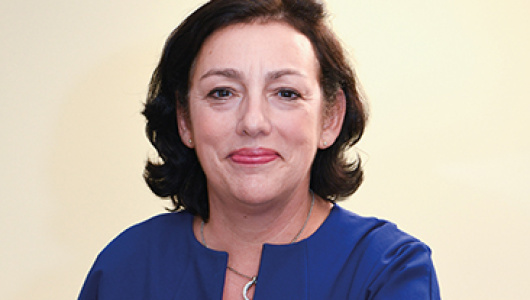We have entered a new phase of the platform market – Platform 3.0 – which will transform wealth management for consumers and the businesses that serve them. This was the conclusion of our newly published white paper, produced in association with SS&C Hubwise, Next Generation Platforms: transforming wealth management.
In the Platform 1.0 and 2.0 eras, few, if any, could simultaneously fulfil the suitability criteria for all client segments. The result was the proliferation of multiple-platform use, as firms chose platforms that seemed to suit each individual client separately but ended up with a patchwork of different ones unsatisfactory in the aggregate for both the firm and many of the clients.
Advisers are far more likely to successfully negotiate an advantageous fee structure for clients by concentrating flows onto fewer platforms.
Using multiple platforms greatly adds to the challenges for advisers, making most processes more complicated, costly and risky. These are all Consumer Duty issues in terms of good service outcomes and value for consumers.
Cost is another factor. Advisers are far more likely to successfully negotiate an advantageous fee structure for their clients by concentrating flows onto fewer platforms. Where an adviser has relatively few clients on a platform (e.g. a legacy platform), clients are likely to be paying the full rate card platform charge.
Advisers increasingly want to concentrate clients’ assets on a single platform (or at least a very small number) and the technology to make this a reality has caught up.
More flexible platforms have emerged, with integration via application programming interfaces (APIs) and a focus on running investment solutions rather than simply acting as a shop window for funds.
With the advice firm in control, it can tailor the proposition and pricing to meet the cost and functional needs of almost every client segment.
Larger advice firms are going beyond focusing on using fewer platforms. A new generation of adviser-controlled platforms has appeared that are mostly relevant for firms with at least £500m assets under administration. The advice firm takes on additional responsibilities – notably, running a client-facing adviser contact centre – and can choose to be remunerated for them.
However, some of the main responsibilities for running important aspects of the platform like custody, trading, client money rules (CASS) and platform software can be outsourced to the underlying platform service operator, such as SS&C Hubwise, Seccl or Multrees.
With the advice firm in control, it can tailor the proposition and pricing to meet the cost and functional needs of almost every client segment.
The advice firm ceases to be a price and proposition taker – waiting for the platform provider’s priorities to catch up with market developments – and can control these variables according to the needs of its clients.
Several larger advice firms are already taking greater control of the proposition by bringing the platform in-house, including Ascot Lloyd, Atomos and Fairstone.
Such an adviser-controlled platform has several key advantages over the older generations of platforms:
- The advice firm has control over the pricing, branding and the client-facing front-end of their proposition.
- The communications, branding and design of the front-end can be developed according to the priorities of the advice firm that controls it, rather than the platform provider’s perceptions of wider market priorities.
- The advice firm can set the pricing structure to meet the specific needs of all client segments it wants to serve. The underlying costs are significantly lower than most older-generation platforms and are expected to reduce further with scale, allowing a flexible and sustainable approach to pricing.
- The technology is characteristic of the new generation of software. It is much more robust and capable of integration with other systems through APIs, in contrast with some of the technologies of older platforms.
Moving platforms or other tech providers every few years, as providers fall behind and fail to adapt, is no way to future-proof a business. A sustainable approach is to use a provider which is continuously improving its core technology, so it is compatible with other systems and is scalable and adaptable to other products and areas of activity.
Richard Bradley is research director at Platforum. Its Next Generation Platforms: transforming wealth management white paper can be downloaded here.














Surely you mean £500m not £500,000?
Hi Rory. Indeed I do. Thanks for flagging!
And FSCS criteria need to catch up. As assets are being consolidated onto fewer and fewer platforms, the FSCS limits become dislocated from the market it is supposed to protect.
I find that I’m well out of sync when it comes to platforms.
I always regarded platforms as a utility with two attributes being paramount:
1. Unlimited access to all quoted and regulated assets – OEICS, SICAVS, UTs, I.Ts and Shares
2. Inexpensive charges
This the leads to other attributes: A good and user-friendly website. Efficient execution and management. Good management information. Pure fee only (no adviser charging etc).
The idea of investment solutions is OK for the DIY investor, but should it really have a role for the adviser community? If you don’t know how to construct and manage a portfolio, ought you be giving investment advice at all? If you can’t be bothered to give bespoke advice to every client, are you trying to pile it up too high? Therefore, considering the forgoing, why would it be necessary to have multiple platforms?